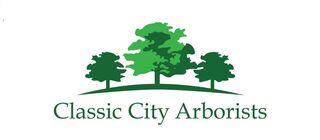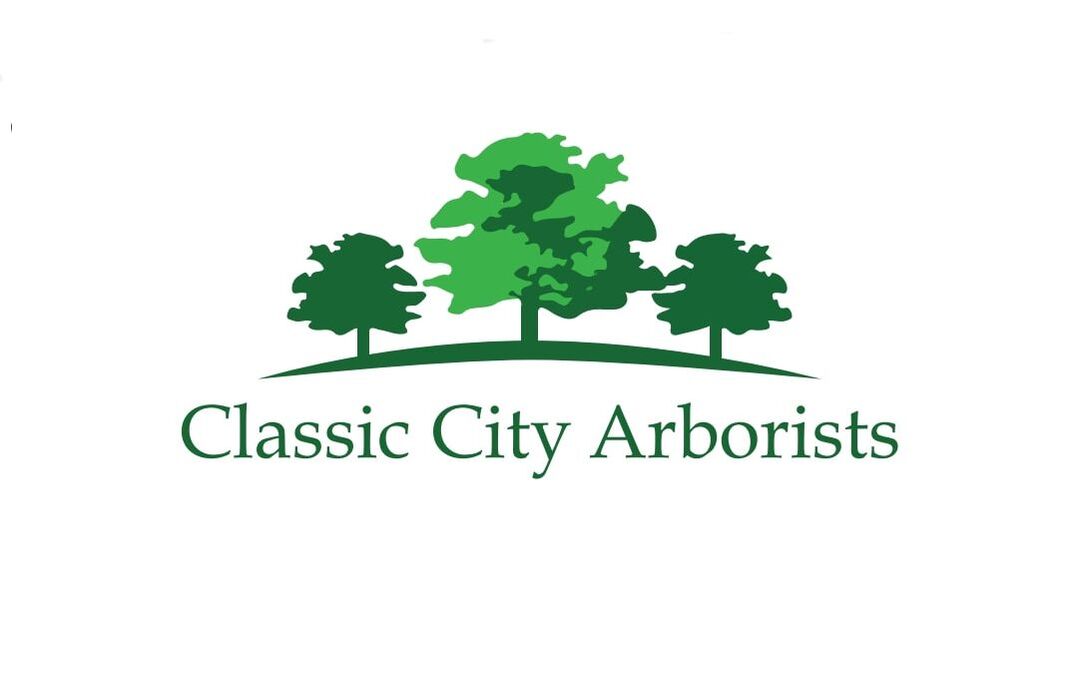|
News and Blog Articles
|
|
With summer creeping in around the corner, you may think you’ve missed your window to start that garden or update those sad bushes out front. But it’s not too late! There are actually plenty of species that will thrive when planted in the warmest months. Check out these species that don't mind the summer heat: FlowersBring some color to your yard with these floral favorites.
FoliageUse shrubs to add some privacy to your patio, or just to liven up your curb appeal!
VeggiesNothing says "summer" like a fresh cucumber salad, or maybe a summer squash soup.
HerbsAdd some home-grown flavor to your favorite dishes .
There you have it! If you think you may want to grow any of the plants we just mentioned, check out the links below for tips and tricks. How to Grow Cucumbers How to Grow Summer Squash Cabbage Plant Profile How to Grow Carrots How to Grow Cauliflower How to Grow Peas Spinach Planting Guide Growing Cosmos Growing Hyacinth Growing Morning Glories Growing Sunflowers Geranium Care How to Plant, Grow, and Care for Zinnias How to Grow Impatiens How to Grow and Care for Barberry Bushes How to Grow and Care for Boxwood Shrubs Growing Hydrangeas Growing Juniper Shrubs Growing Sage Growing Basil How to Grow Dill in Your Herb Garden How to Grow Parsley How to Grow Rosemary Tips to Keep Your Late Summer Garden Going Strong 10 Easy Summer Gardening Tips AuthorEmily Casuccio is sister and sister-in-law to Rebekah and Scott Rushing, and has over half a decade of experience in copywriting, copyediting, proofreading, and developmental storyboarding. She's worked with both published and undiscovered authors on both fiction and nonfiction, and takes pride in supporting local businesses. Her passion lies in the written word and helping authors of all capacities realize their dreams and achieve their fullest potential. To learn more about her, read samples of her work, or contact her, visit her online portfolio.
0 Comments
May is bright and colorful as everything begins to bloom. As the saying goes: April showers bring May flowers. In addition to colorful petals, we will soon see just how many shades of green there are! One of the hallmarks of this time of year is the buzzing of bees and fluttering of butterflies. In fact, May is when pollinators come out in full force. These seemingly insignificant members of the ecosystem are actually the most vital. You’ve probably heard of the #savethebees movement. In addition to large-scale corporate efforts, communities all over the world are coming together to help out their local pollinator populations. One way you can contribute is by participating in No Mow May. What is No Mow May?No Mow May is exactly what the name says. It means you don’t mow your lawn for the month of May. Whether you have a 5x5 foot yard in front of your apartment or multiple sprawling acres, No Mow May means you let the plants on your property grow uninhibited. How does No Mow May help? When you mow your lawn, you aren’t just cutting down your grass to a uniform length. You also take down any weeds that have dared encroach on your property. In colder months, this isn’t really a problem. But these wildflowers and wild grasses are a major source of food and nesting ground for pollinators. Our flying friends need these resources to do their job, and without them, they won’t be able to pollinate as much as normal. What is pollination?Pollination is a fancy word for when a plant’s reproductive genetic material (pollen) is transferred from the anther (the male part) to the stigma (the female part). This is the first step of the life cycle of plants. Without it, any seeds the plant bears won’t be able to grow, and the plant won’t be able to contribute to the next generation. Pollination can happen in a variety of ways. While some plant species can actually self-pollinate, most require assistance. Wind and water pollination happen when the natural elements carry pollen from one flower to another. But the most common form of pollination is via pollinators like birds, bees, butterflies, bats, flies, wasps, and even some small mammals. Why do we need pollination?Something like 75% to 95% of all flowering plants on the entire planet fall into the category of species that need help pollinating. That means that almost every flower, bush, and tree you see on a daily basis requires a pollinator of some kind. To put it in perspective, consider this: of the more than 180,000 different species that pollinators visit, approximately 1,200 of those are crops humans use as foodstuffs. For even more perspective, that means that approximately 1 bite of food out of every 3 bites is thanks to pollinators. What can you do to help?No Mow May as a movement was designed to not only ensure pollinators have everything they need to do their thing, but also to draw public attention to the dwindling pollinator populations across the globe. As our cities grow and we develop more and more land, we reduce the available area for biodiversity. In addition, human creations like pesticides and other pollutants kill off both the plants our pollinators need and our pollinators themselves. Participating in No Mow May is an easy, short-term way you can help boost your local ecosystem. If you want to take a more active role, you can plant species that specifically attract pollinators. Want to learn more? Check out these resources! AuthorEmily Casuccio is sister and sister-in-law to Rebekah and Scott Rushing, and has over half a decade of experience in copywriting, copyediting, proofreading, and developmental storyboarding. She's worked with both published and undiscovered authors on both fiction and nonfiction, and takes pride in supporting local businesses. Her passion lies in the written word and helping authors of all capacities realize their dreams and achieve their fullest potential. To learn more about her, read samples of her work, or contact her, visit her online portfolio. |
Categories
All
Archives
January 2023
|
|
23 Whatever you do, work at it with all your heart, as working for the Lord, not for human masters,
24 since you know that you will receive an inheritance from the Lord as a reward. It is the Lord Christ you are serving.
Colossians 3:23-24
24 since you know that you will receive an inheritance from the Lord as a reward. It is the Lord Christ you are serving.
Colossians 3:23-24

